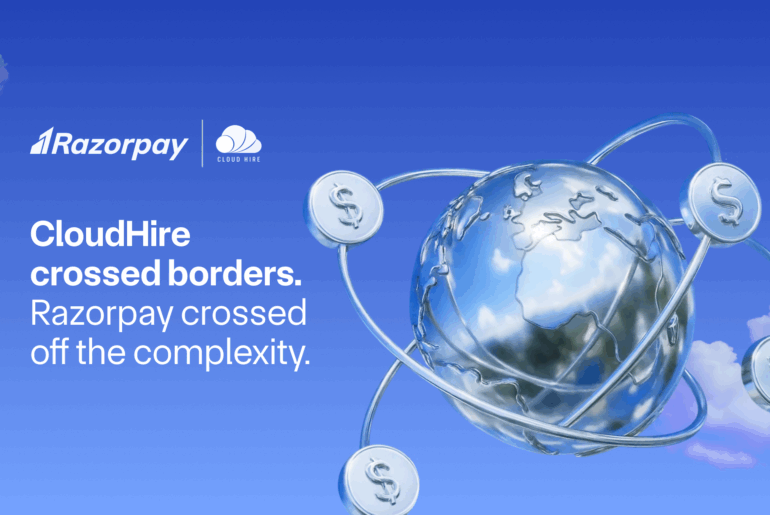The Unified Payments Interface (UPI) launched nearly 2 years ago in April 2016, and UPI transactions have increased 400 times as compared to November last year. This happened as banks and private entities worked towards the adoption of the government-backed payments system post demonetization.
Ways to use UPI: There are multiple ways through which one can pay through UPI.
Peer to Peer
You can pay to your peers (P2P) who have a UPI handle or even have connected their Aadhaar to their bank accounts through the app.
Peer to Business
Businesses can also collect payments from their customers simply through UPI whether its an online transaction via Web Collect mechanism or an offline transaction via QR code.
For anyone to use UPI in its current state, choosing from the various UPI mobile apps is recommended. BHIM, a mobile app developed by NPCI in December 2016, with the government supporting its case, has grown by leaps and bounds in the last year and has over 10 Million downloads.
Apps such as PhonePe and Google Tez are also notable in helping push UPI, and provide a crisp user experience, along with facilities like utility bill payments via UPI.
Apps like Ola and Uber have also integrated with UPI and this payment option is now available to riders. Moreover, 20 prominent banks in India have launched their own apps which shows us that UPI has come a long way since its launch.
UPI is also available as a payment mode by some payment gateways for businesses as well. Last year, in September 2016, Razorpay became the first payment gateway to launch UPI option for its entire merchant base and since has made it a payment mode available by default.
Know more about Razorpay UPI Payment gateway for Businesses
What exactly does this mean for end-customers?
They benefit from the ease of doing transactions that UPI provides. Adoption of UPI has enabled digital payments for everyone with a bank account linked to their Aadhar.
Because of UPI, making a payment to an individual from your bank account has become instantaneous as there is no requirement of adding a beneficiary and waiting for approval. The government has also made P2P transfer in UPI free of charge via the mobile apps.
NEFT or IMPS transactions for example still carry small complementary charges For online transactions or on offline stores, customers also don’t need to repeatedly enter their card details and CVV or even be bothered about carrying their cards.
Related Read: What is the Difference Between UPI and IMPS
How UPI made its mark ?
UPI has proven to be extremely beneficial for businesses as well. The immediate nature of a UPI transaction has immense potential to solve a merchants’ payment collection woes. Earlier, merchants often found it hard to receive timely payments because it took a while to add a new payee on net banking platforms, anything from half an hour to 24 hours.
With UPI this problem is non-existent. You can immediately transfer funds to a payee. UPI also allows merchants a money collection facility simply by sending a “collect request” to customer’s mobile.
According to data released by the National Payments Corporation of India (NPCI), UPI transactions in November reached an all-time high of approximately 105 million in number, with a total of Rs 9,640 crore being transacted across the network (in the same month).
At Razorpay, the e-commerce sector has seen maximum UPI usage in terms of successful transactions.
The IT Ministry recently asked every bank to issue upgraded versions of their Unified Payments Interface (UPI) apps which will support payments using BharatQR code too. This move was aimed at creating a single QR code by integrating UPI QR into BharatQR which can optionally be used for card and wallet payments as well
The government is planning to develop a universal merchant app for BHIM which will support the BharatQR code for all categories of merchants. The aim of doing this is to create a seamless network with a single app and a QR code for mobile transactions.
Example of this universal strategy can also be seen in how many banks have renamed their UPI apps as, “BHIM (bank name) app” like SBI pay is now called BHIM SBI Pay app.
Many tech-companies are tying up with banks to integrate with UPI. For instance, Flipkart-owned PhonePe tied up with Yes Bank to launch a consumer-facing app in August 2018. Recently, PhonePe also launched a POS device which merges UPI with Bluetooth technology for offline payments.
UPI 2.0 – A Step Towards Making India Cashless
UPI 2.0 is around the corner and will include new features such as UPI-mandates that will allow users to pre-authorize transactions through digital signatures. UPI mandates enable recurring payments through a one time authorization process and can be directly set up from online portals or apps.
For instance, a person who’s looking to rent furniture can subscribe to a monthly rental for a bed from ABCfurniturerental. If the monthly cost for the bed is INR 1200 the user can trigger a mandate to automate all future payments, without having to enter OTPs for each transaction.
Other interesting features of UPI 2.0 include biometric authentication and scheduling payments which can be real game changers for the fintech landscape in India.
Impactful combinations of business solutions are possible via UPI when taken together with eKYC and consent layers, which are part of the IndiaStack project actively being undertaken by the government. At Razorpay, we have always believed in UPI and will continue to provide a wide array of merchant payment solutions around it.
The real potential of UPI lies with enabling everyone with a smartphone to have complete control over their monetary transactions, whether online or offline. A big step towards pushing digital transactions and making India cashless.


